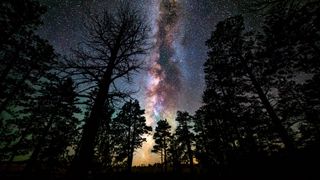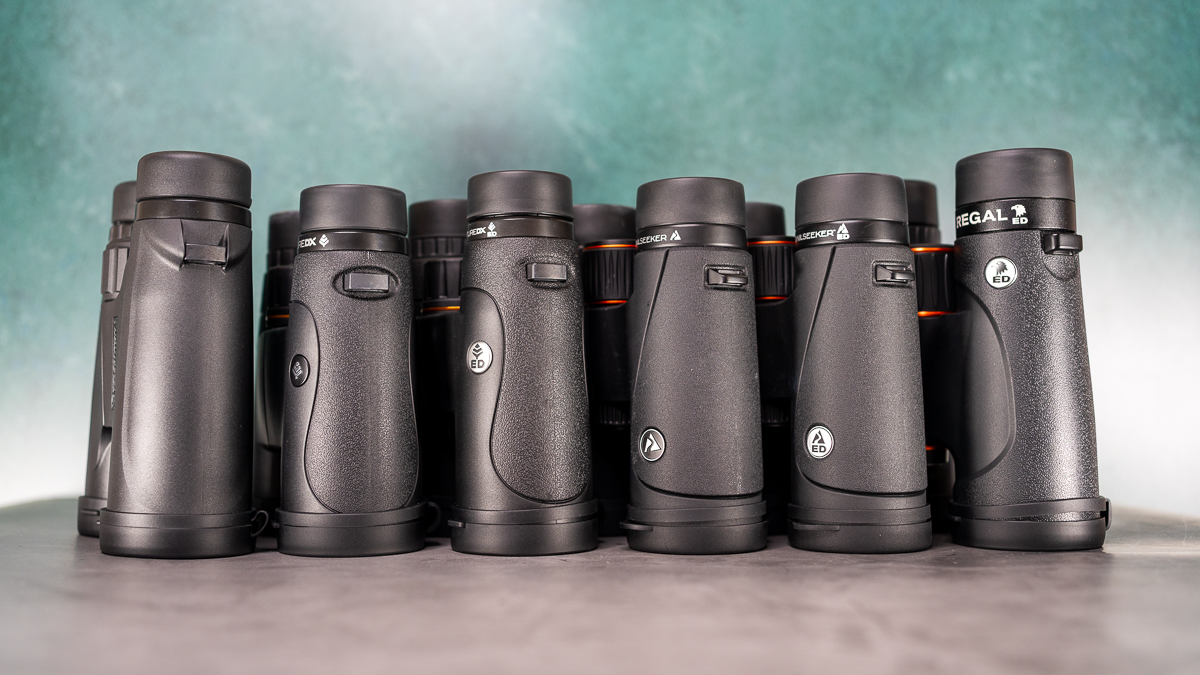Milky Way
Latest about Milky Way
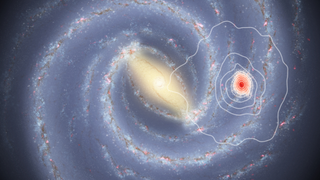
Group of ancient stars spotted near the sun could rewrite the Milky Way's history
By Patrick Pester published
Researchers using the Gaia space telescope studied some ancient stars near the sun, revealing that our corner of the Milky Way may be billions of years older than once thought.
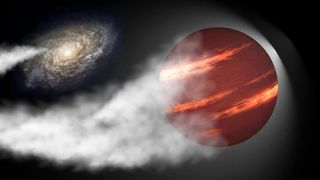
Runaway 'failed star' races through the cosmos at 1.2 million mph
By Robert Lea published
Citizen scientists have discovered what may be a brown dwarf racing through the cosmos at around 1.2 million miles per hour. Now astronomers want to know what launched it.
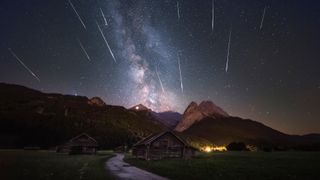
The 1st week of August is a stargazer's delight. Here's why.
By Jamie Carter published
With its moonless sky, the first week of August is one of the best times all year to see the Milky Way and meteor showers without a telescope. Here's how to be in the right place at the right time for the best view.
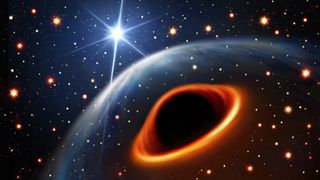
Ultra-rare black hole found hiding in the center of the Milky Way
By Ben Turner published
A potential intermediate-mass black hole is hiding right next to our galaxy's supermassive black hole.

Is the James Webb Space Telescope really 'breaking' cosmology?
By Paul Sutter published
While headlines around the world claimed that ancient galaxies discovered by the James Webb Space Telescope were "breaking" our understanding of the Big Bang, the truth is much more nuanced — and much more interesting.
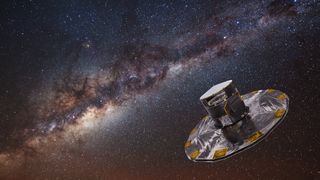
Gaia spacecraft almost doomed by back-to-back meteor strike and solar storm — but ESA says they've found a solution
By Stephanie Pappas published
The European Space Agency's Gaia spacecraft is back to routine operations studying the Milky Way after a meteor strike punctured its protective shield, allowing charged solar particles to stream through.
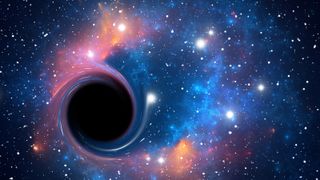
Milky Way's rarest black hole may lurk behind 7 stars that 'shouldn't be there'
By Harry Baker published
Seven strangely-behaving stars in the Milky Way's Omega Centauri cluster may be under the influence of an extremely rare type of black hole, new research suggests.

Astronomers measure 'warp speed' of Milky Way galaxy
By Keith Cooper published
The Milky Way is warped, possibly as the result of a collision with another galaxy billions of years ago. Studying this warp could reveal more about the structure of our galaxy's hidden matter.
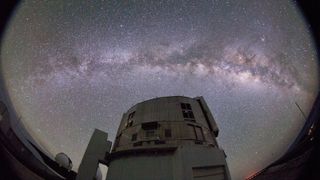
The Milky Way may be surrounded by 'too many' mini galaxies, new discoveries reveal
By Harry Baker published
Astronomers have just discovered two dwarf galaxy candidates orbiting our galaxy. The orientation of these entities suggests there could be up to 500 similar stellar clusters circling the Milky Way, which is more than double previous estimates.
Get the world’s most fascinating discoveries delivered straight to your inbox.


